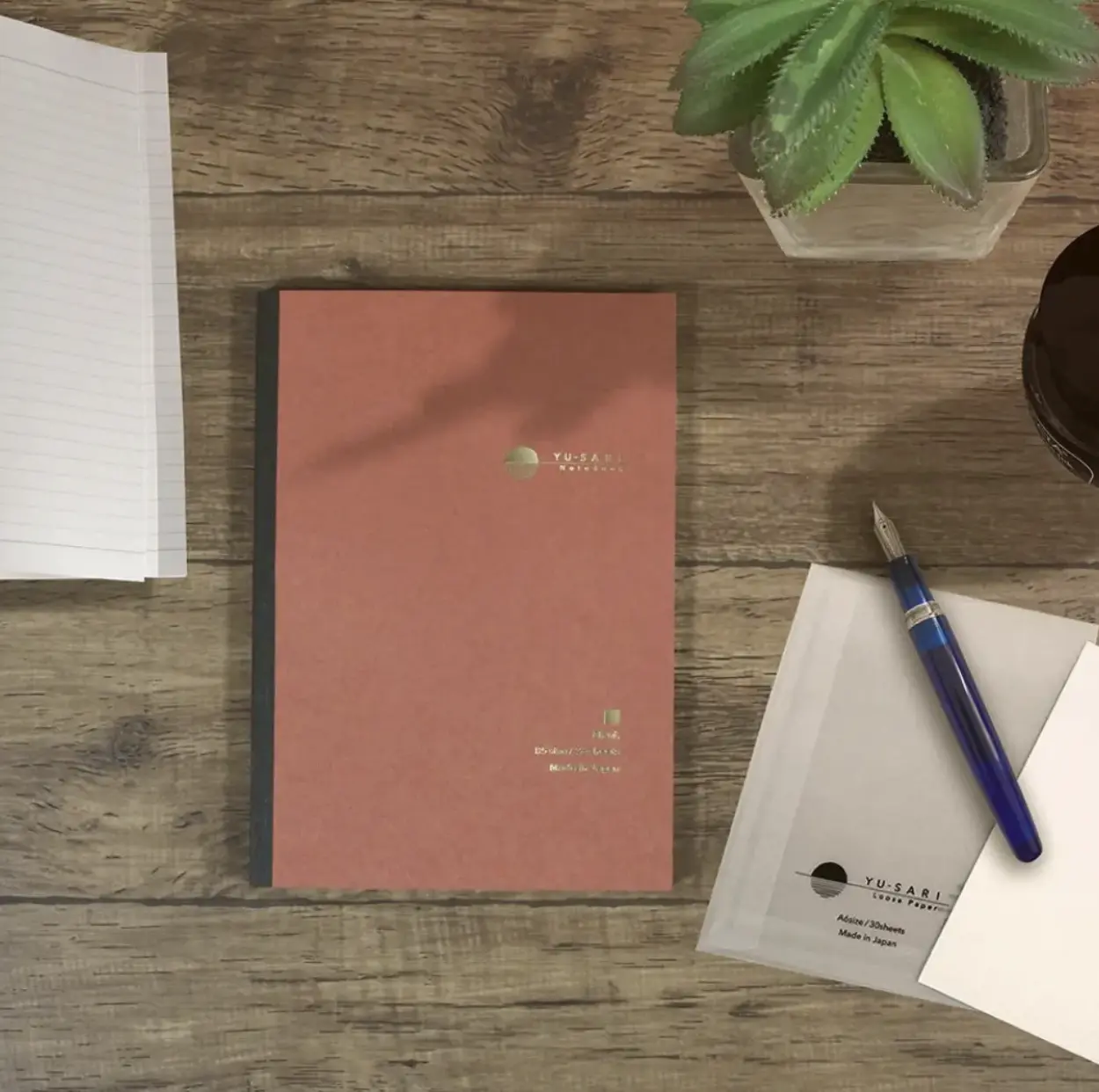How Do I Choose the Right Notebook for My Needs?
Choosing the perfect notebook can feel overwhelming with all the options available. Whether you're a student, a professional, or just someone who loves to jot down ideas, this guide will help you navigate through the various factors to consider, ensuring you find the right notebook that meets your needs. Let’s dive into how you can make an informed choice!
Step 1: Identify Your Purpose
Consider what you'll use the notebook for. Are you taking notes in class, journaling, or sketching? Understanding the primary use will guide your decision.
For students, a notebook should facilitate efficient note-taking during lectures. Look for one with margins for quick annotations and clear lines that keep your writing neat.
If you're a creative soul, a sketchbook might be best. Choose one with blank or dotted pages to give you the freedom to express your artistry without restrictions.
For professionals, consider a notebook that offers structure—perhaps one with sections for different projects or tasks. This will help you stay organized and focused.
Step 2: Choose the Right Size
Notebooks come in various sizes. Think about portability and how much space you need for writing. Common sizes range from pocket-sized to A4.
A5 notebooks are great for slipping into a small bag, while A4 is ideal if you want more writing space. Consider your routine and choose a size that fits your lifestyle.
If you're frequently traveling or commuting, a compact notebook will be your best friend. However, if you often work at a desk, a larger one allows for more detailed planning.
Step 3: Select Your Paper Type
Different notebooks use different types of paper, such as lined, blank, or grid. Choose one that suits your handwriting style and intended use.
For smooth, flowing handwriting, opt for lined paper. It keeps your writing consistent and organized, making it perfect for lecture notes or journal entries.
If you love charts or diagrams, grid paper can be a lifesaver. It guides your drawing and ensures everything stays aligned, whether for work or personal projects.
Journaling enthusiasts might prefer blank pages, allowing for complete freedom in expression, whether you’re doodling, writing poetry, or chronicling daily thoughts.
Step 4: Consider Binding Options
Binding types include spiral, sewn, or glued. Each has its pros and cons based on how flat you need the notebook to open and how durable it should be.
Spiral-bound notebooks lie flat, making them great for spontaneous note-taking or sketching. However, be mindful that they may not withstand heavy handling as well as other types.
Sewn binding adds durability and a touch of elegance. These notebooks typically hold up better over time and can become cherished keepsakes.
Step 5: Evaluate Additional Features
Look for features like pockets, page numbers, or perforated sheets. Depending on your needs, these extras can enhance the functionality of your notebook.
Pockets can be extremely useful, especially for storing loose notes or business cards. If you often jot down random thoughts, this feature could really come in handy.
Perforated pages allow you to easily tear out sheets, which is great for sharing notes or clearing clutter. Consider whether this would be a benefit for your usage.
Final Thoughts
By following these steps, you can confidently select a notebook that will fit your requirements and enhance your writing experience. Remember, the best notebook is one that resonates with your style and serves its purpose effectively. Happy writing!

